Archaeologists have discovered the first astronomical observatory on record from ancient Egypt.
This extraordinary discovery has caused researchers to explain that they never anticipated such a remarkable finding.
The Discovery of a Possible Temple
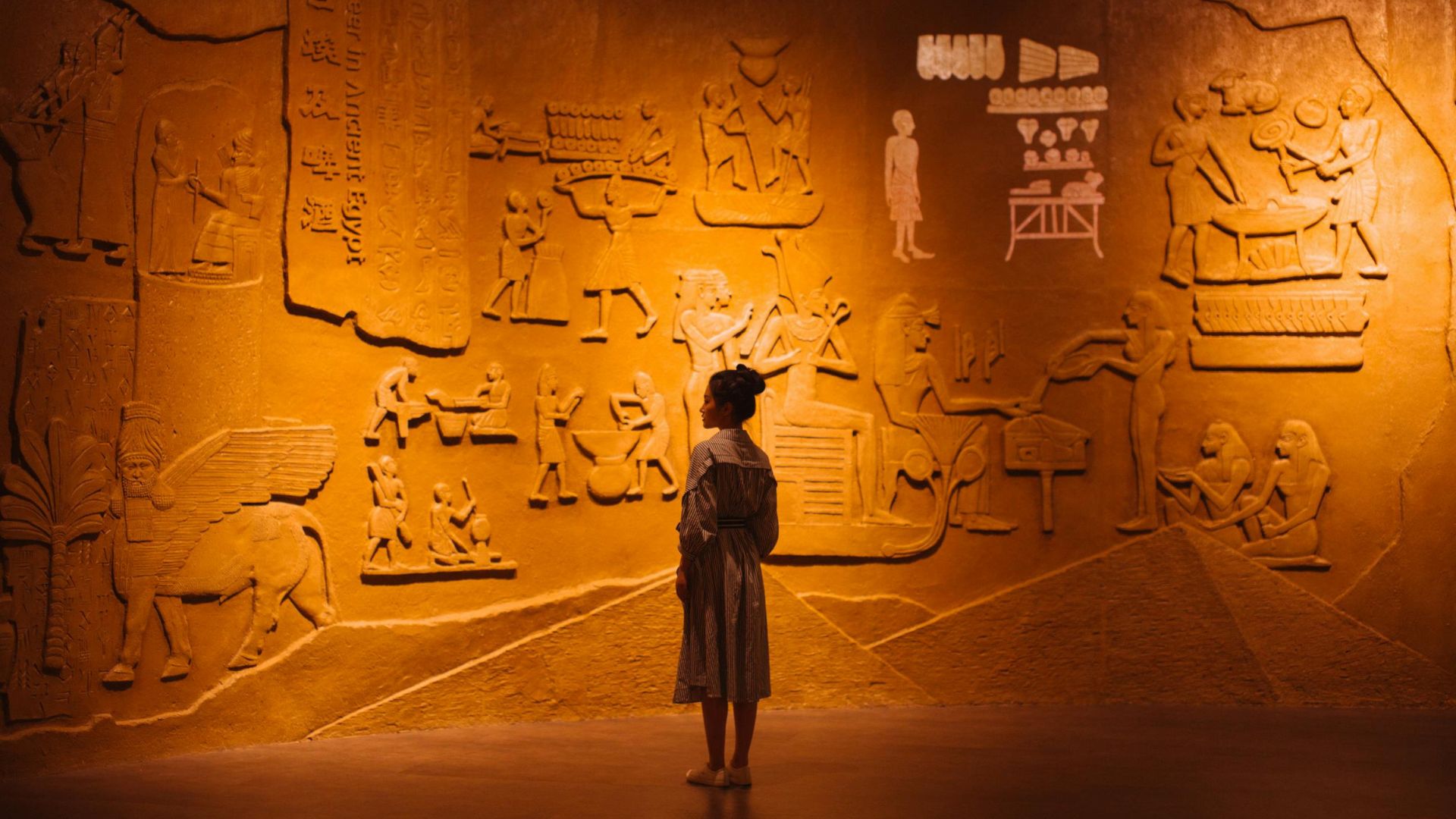
A team of archaeologists first discovered the remains of a structure from the sixth century BC at a site located in the ancient city of Buto, now Tell Al-Faraeen.
At first, researchers believed this very old structure was simply a temple. However, upon closer inspection during excavation, they realized they were digging up something rather remarkable.
An Ancient Astronomical Observatory
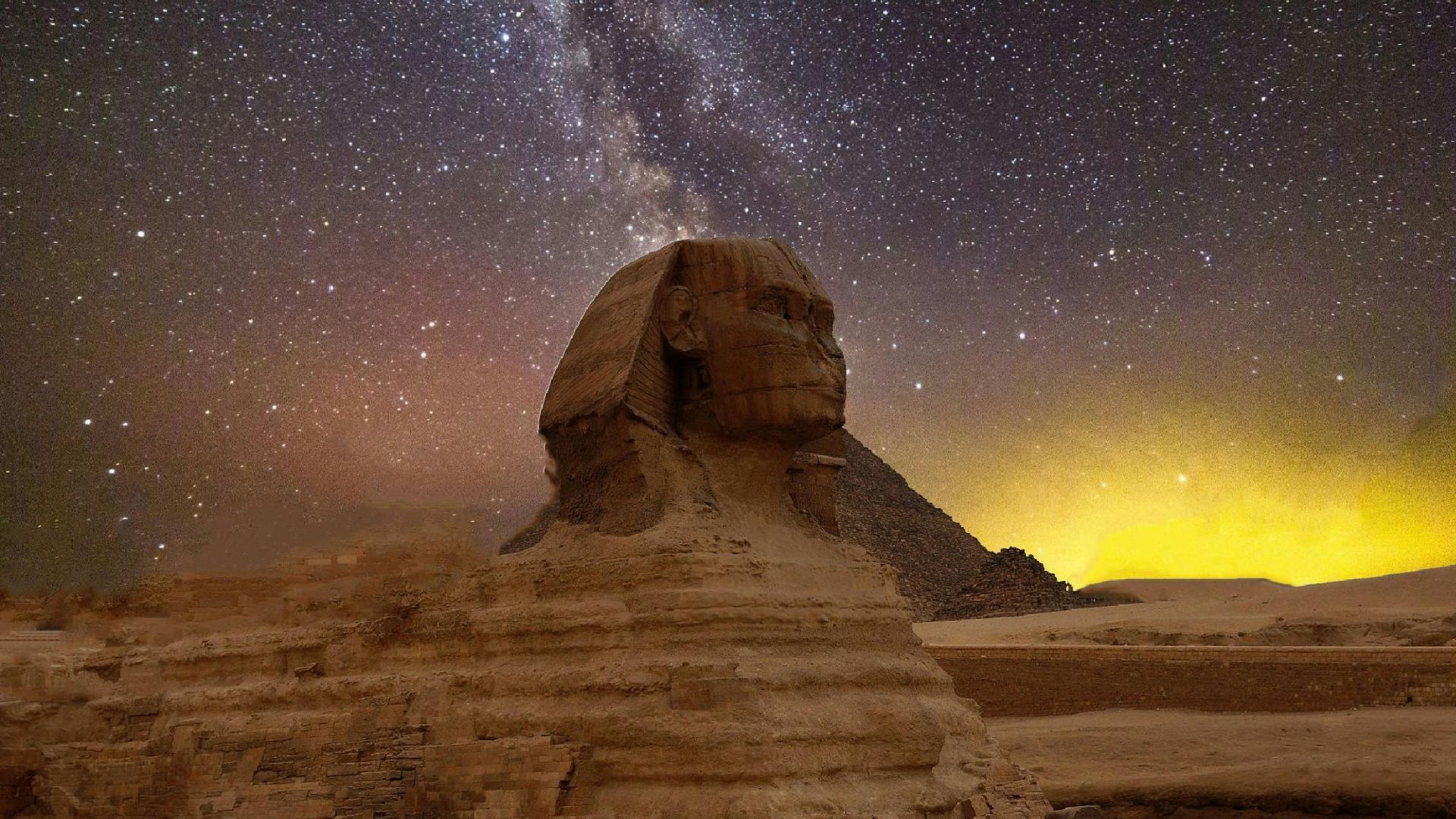
Slowly, archaeologists realized they were excavating an astronomical observatory from ancient Egypt. Now, this observatory is the oldest discovery found on record when compared to other excavated observatories.
According to Egypt’s Ministry of Tourism and Antiquities, this discovery is the “first and largest” of its kind.
A Shattering of Expectations
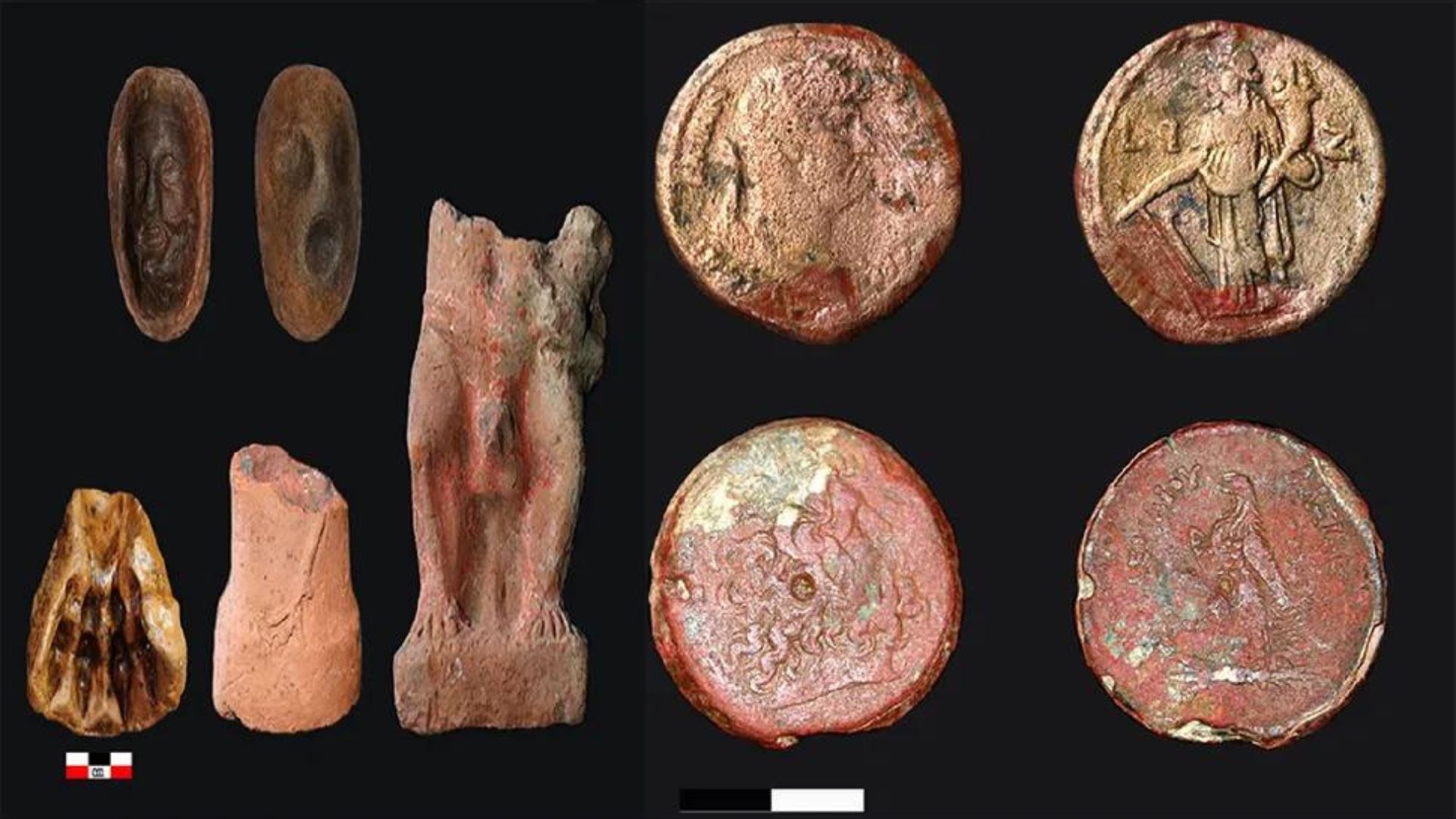
Researchers have further explained that this discovery is truly extraordinary — and that this can’t be said enough.
Hossam Ghonim, the director general of Kafr El-Sheikh Antiquities and the head of this archaeological mission, said, “Everything we found shattered our expectations.”
Excavating the Structure
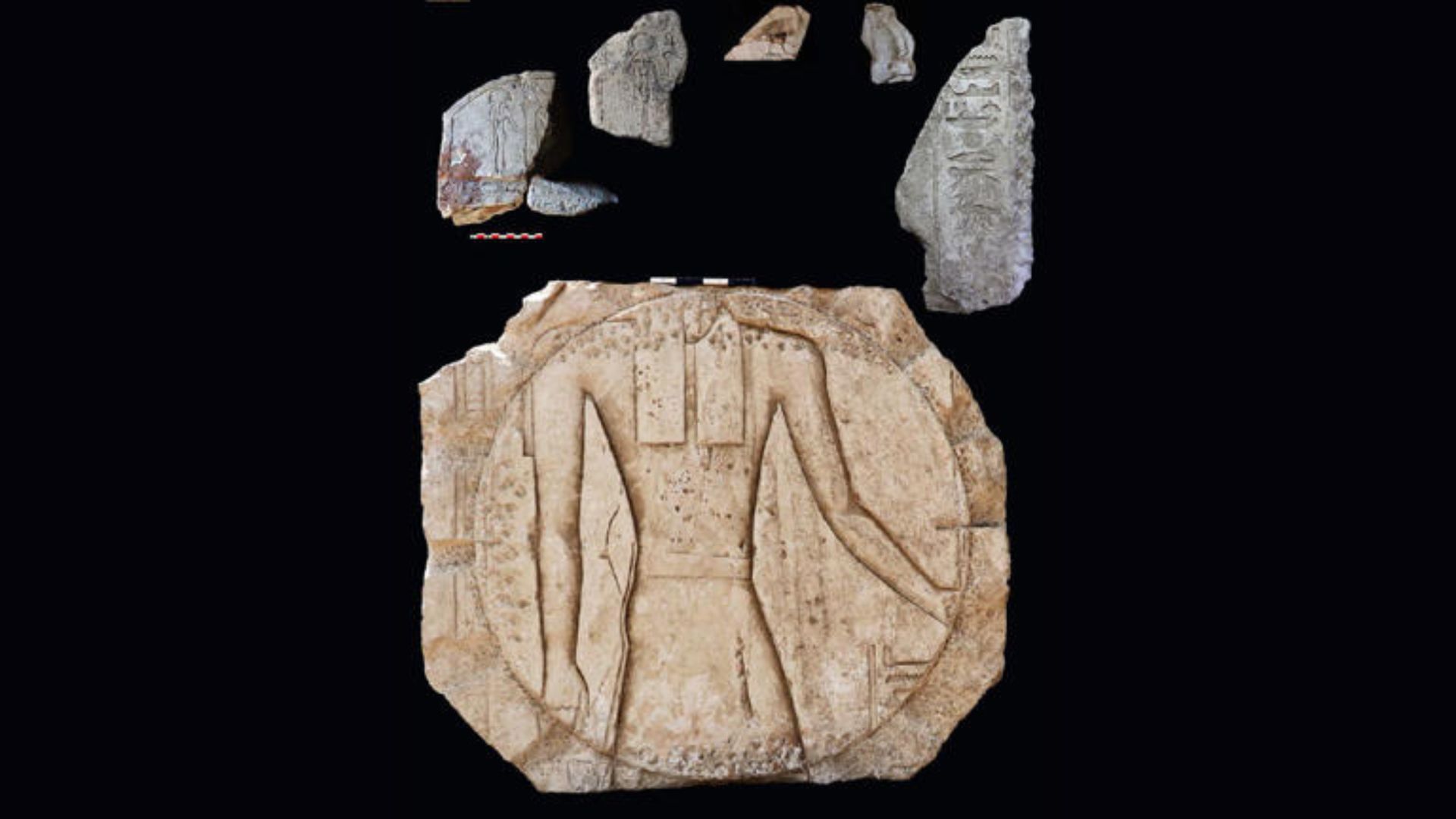
This team of researchers recently began to excavate an L-shaped mud-brick building structure which was over 9,150 square feet.
Thanks to many artifacts and inscribed symbols left behind, archaeologists were able to realize that they were excavating an observatory, rather than a temple.
Tracking the Sun and Stars
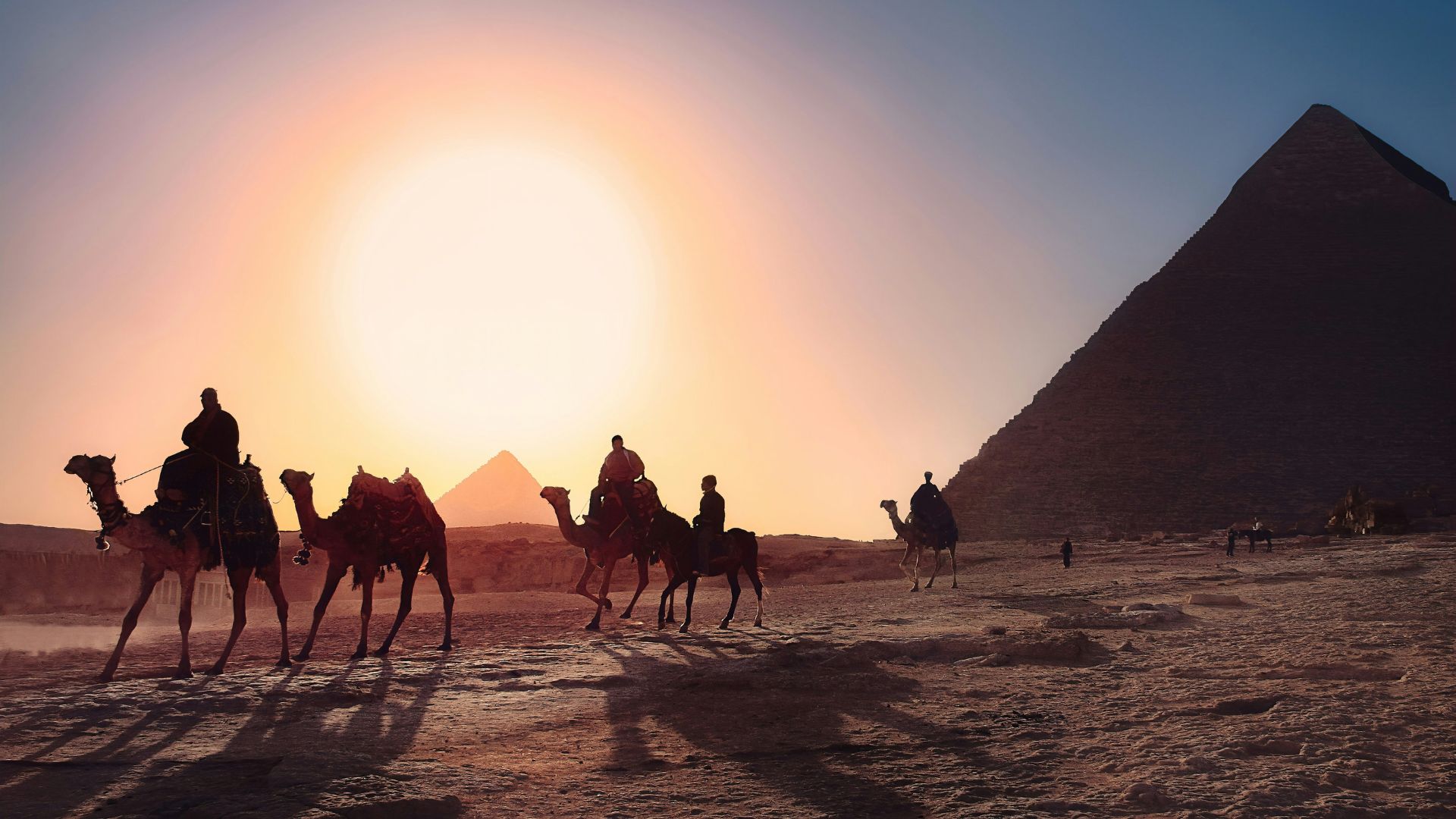
According to the team, the structure has a pylon, which is a traditional gateway, that leads to a spot where sunlight would have alighted the area.
This sunlight would have allowed a “smn pe”, who was normally a priest or sky observer, to accurately track the sun and stars.
Uncovering Ancient Carvings and Symbols
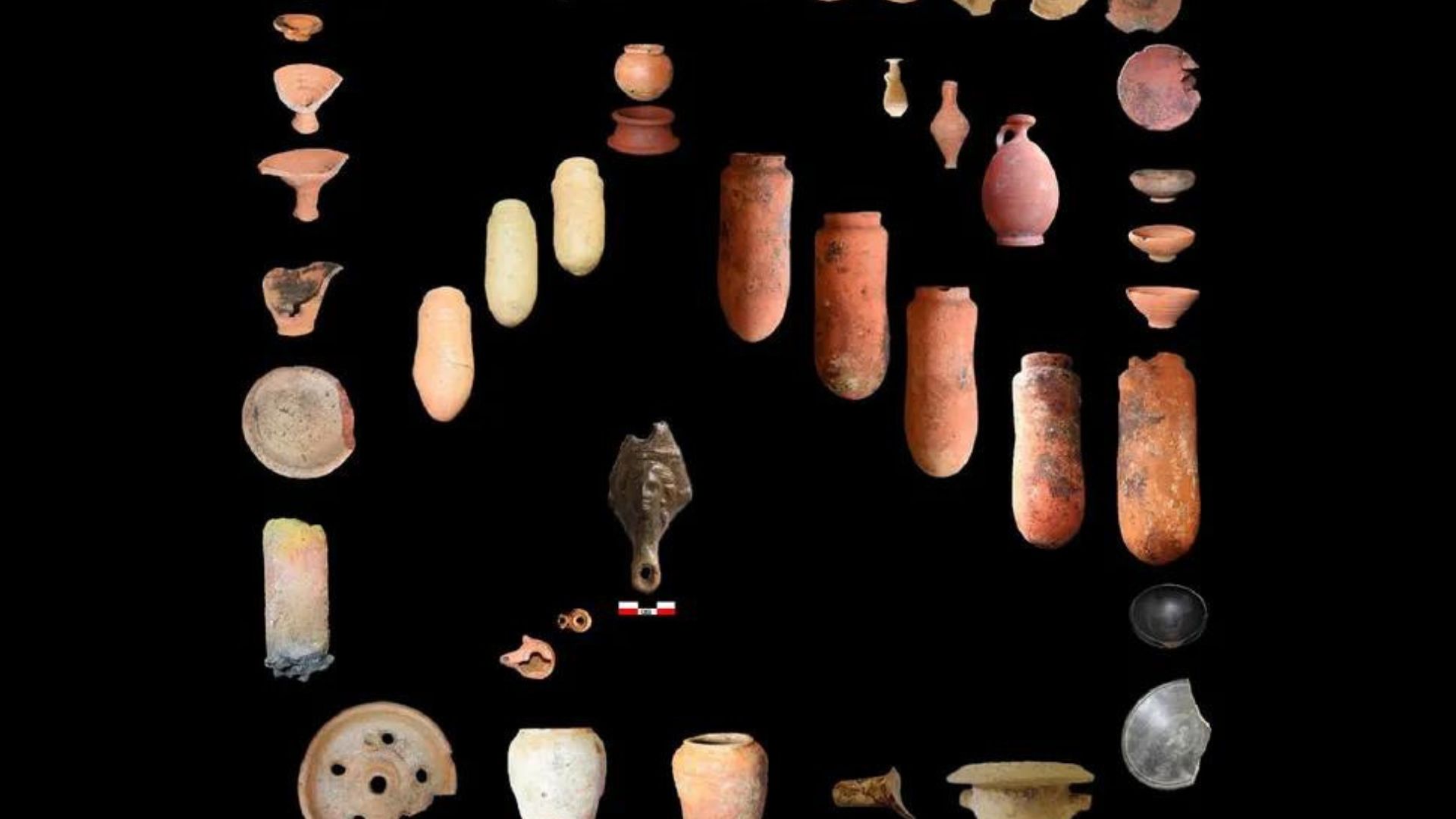
Researchers were also able to uncover many ancient symbols and carvings, such as the smn pe carving that was on the structure, showing the figure facing the rising sun.
Meanwhile, symbols relating to Chen, Cenet, and Benu — all of which deal with astronomy and time — were also found in this astronomical observatory.
Finding a Sun Dial
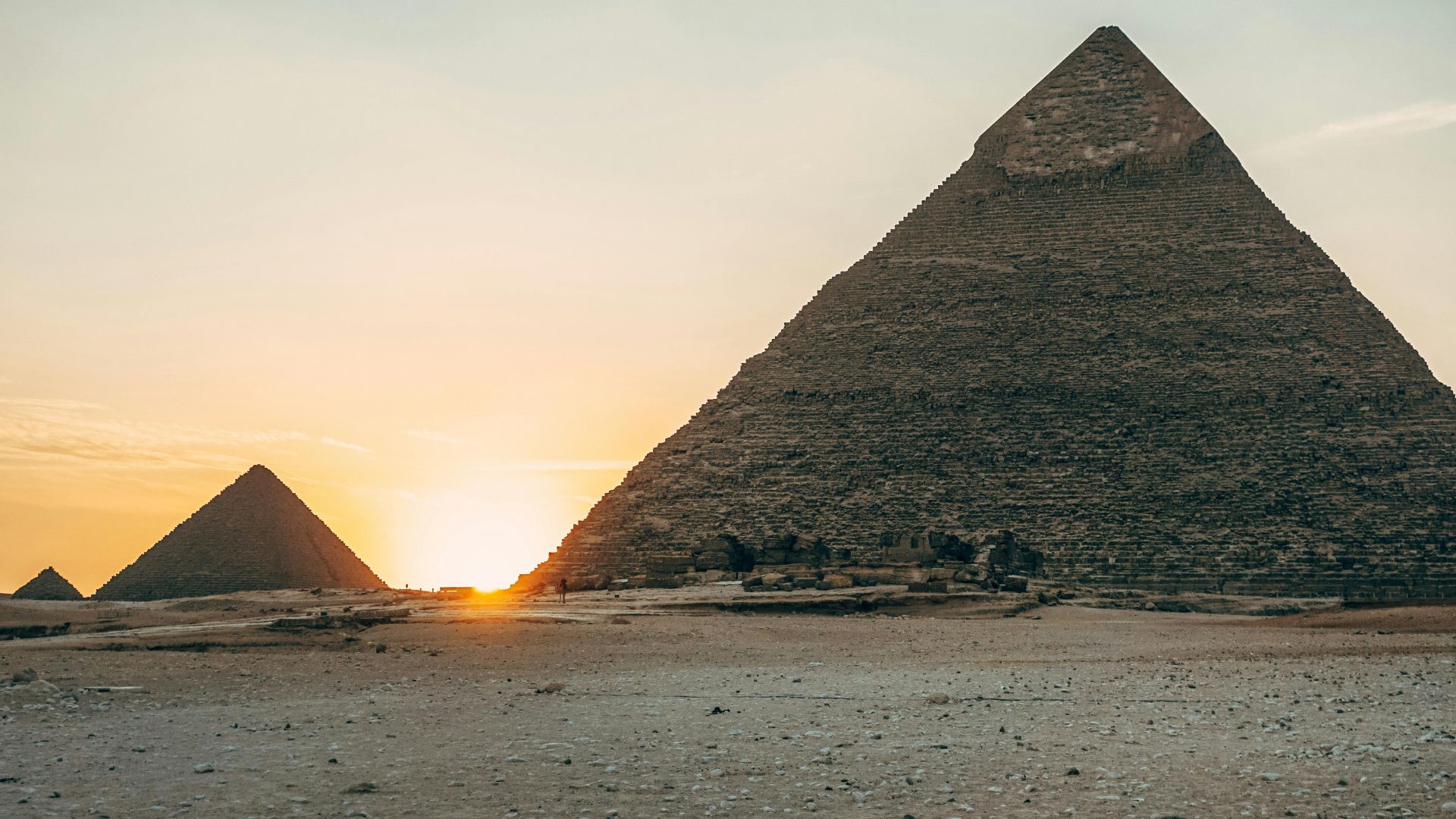
Most remarkable, researchers were able to find a sundial, which has further helped them understand how these ancient Egyptians worked within this observatory.
Ghonim explained, “Along the hall’s northern side, we discovered a slanted stone sundial — a sun shadow clock that used the shifting angles of the sun’s shadows to determine sunrise, noon and sunset — a simple yet profound method.”
A Stone Mat
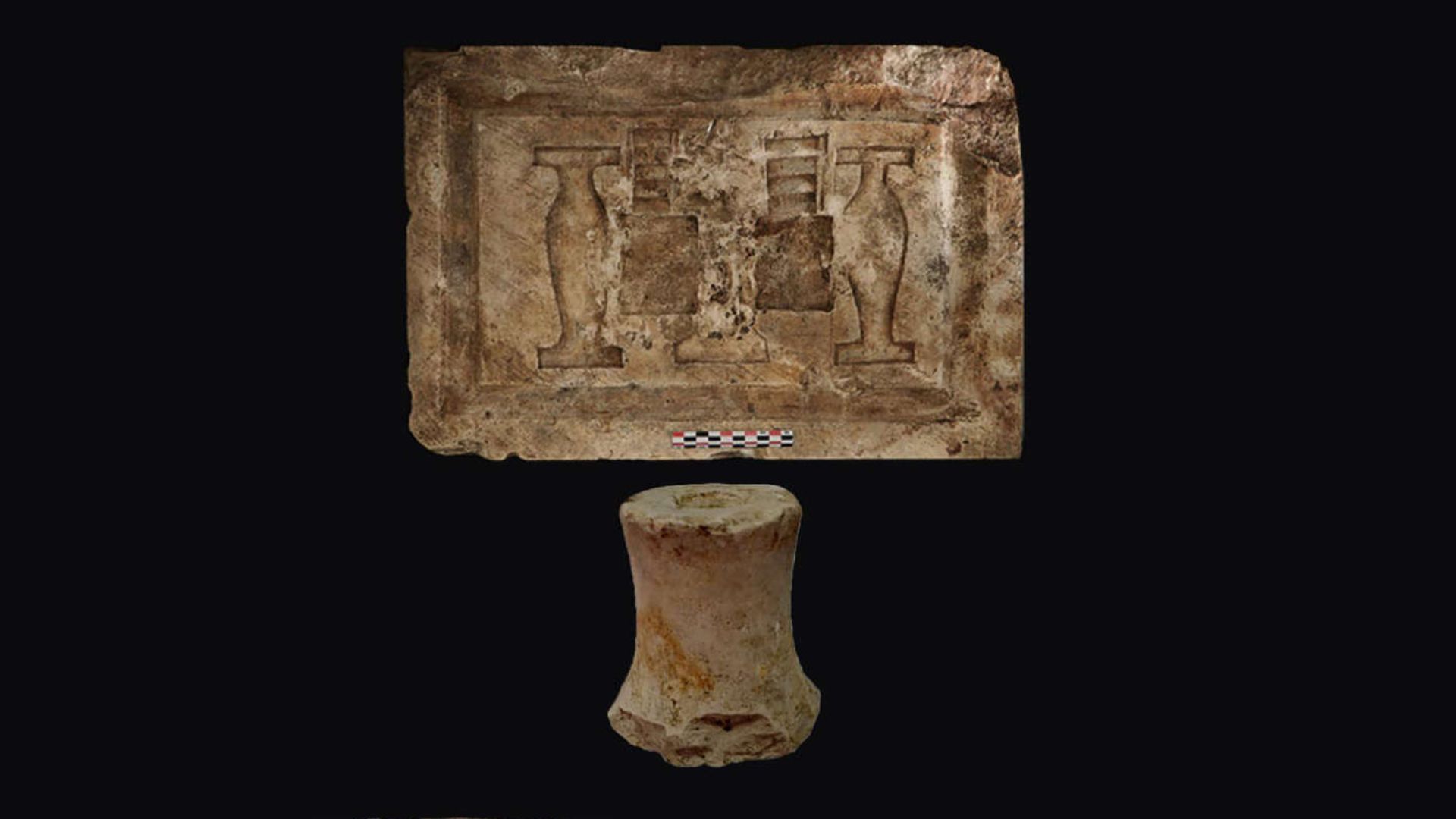
Ghonim further added that they found a stone mat with astronomical views of sunrises and sunsets.
“The ancient Egyptians envisioned the Earth and sky as two mats,” Ghonim explained. “They mapped the sky on the ‘Themet Hrt’ — the sky mat — and the ‘Themet Ghrt,’ or Earth mat, represented their calendar, marking events like the Nile flood and harvest. This is the first inscribed stone mat of its kind ever discovered.”
Discovering Artifacts of Gods
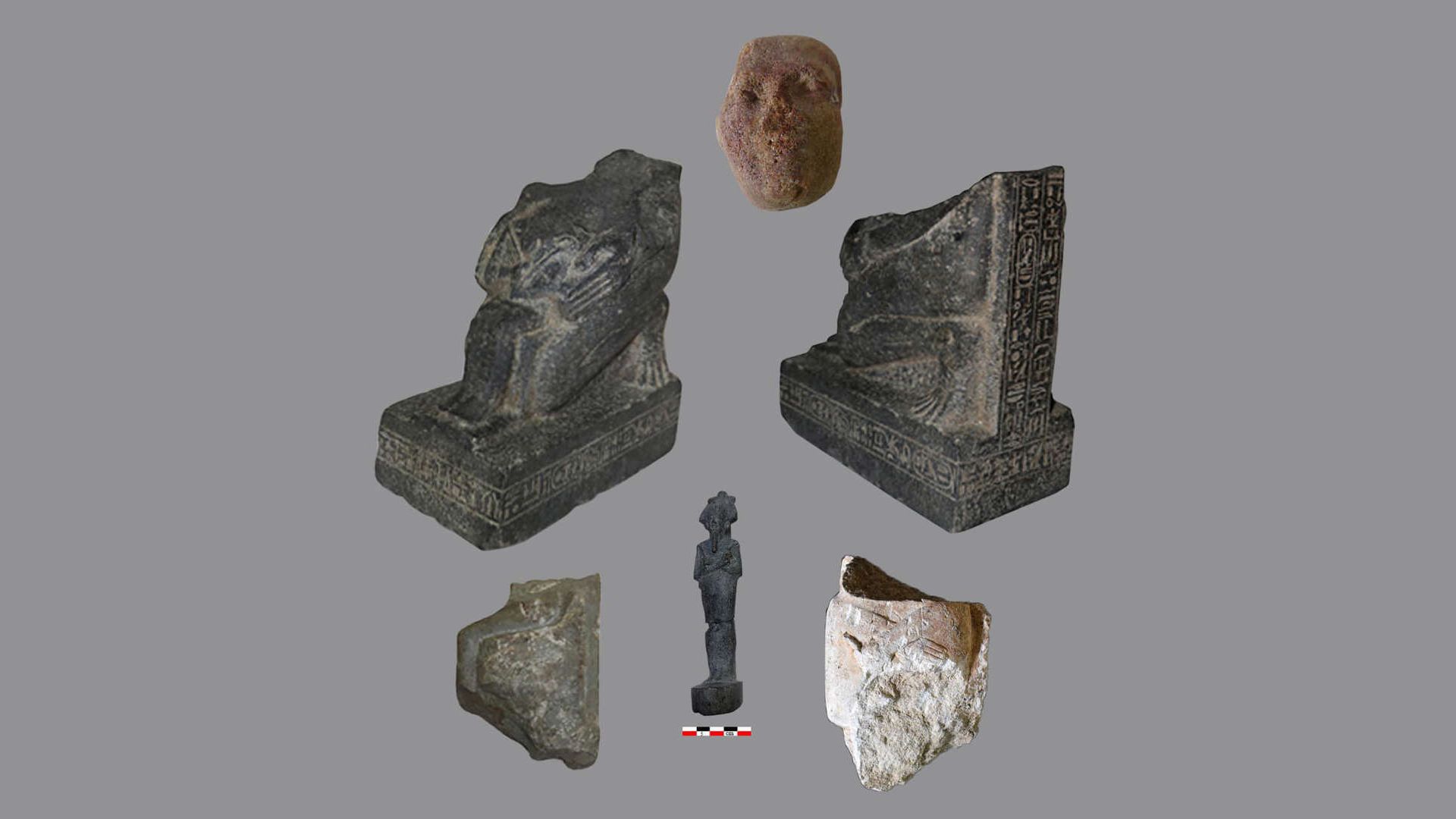
Many statues and artifacts relating to ancient Egyptian gods were also found in this astronomical observatory.
Researchers uncovered a statue of Horus, a falcon-headed god, as well as a bronze statue of Osiris with a serpent, which may have referred to Wadjet, a goddess. A granite statue of King Psamtik I, of the 26th dynasty and the Saite era, was also found within the observatory.
Spirituality and Science
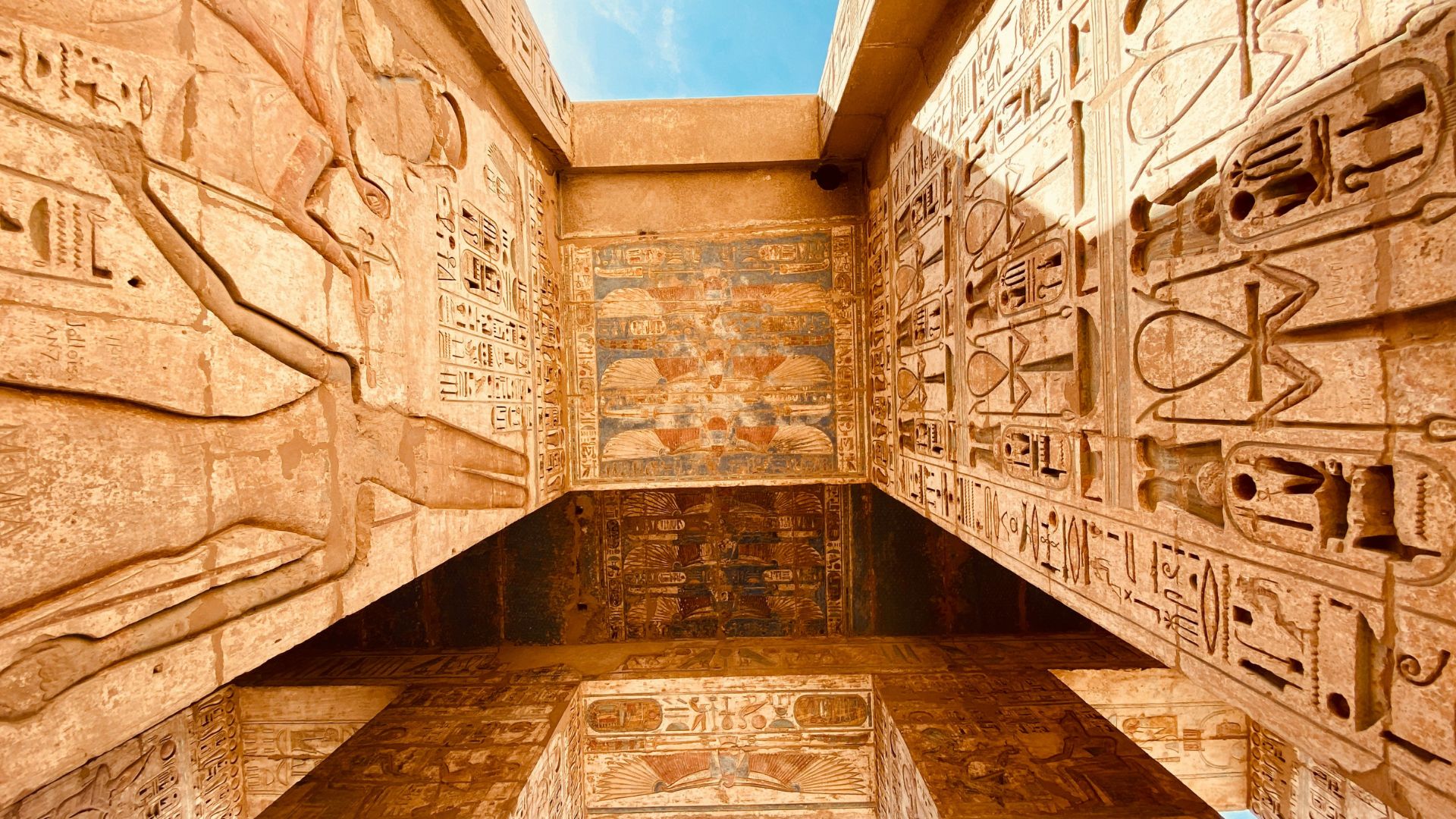
The discovery of these statues has highlighted how ancient Egyptians mixed spirituality and their belief in gods with their study of science.
These finds have also allowed archaeologists to understand that Wadjet was very important to the ancient citizens of Buto — and possibly the most important god to them, behind Horus.
Ancient Egypt’s Astronomical Techniques
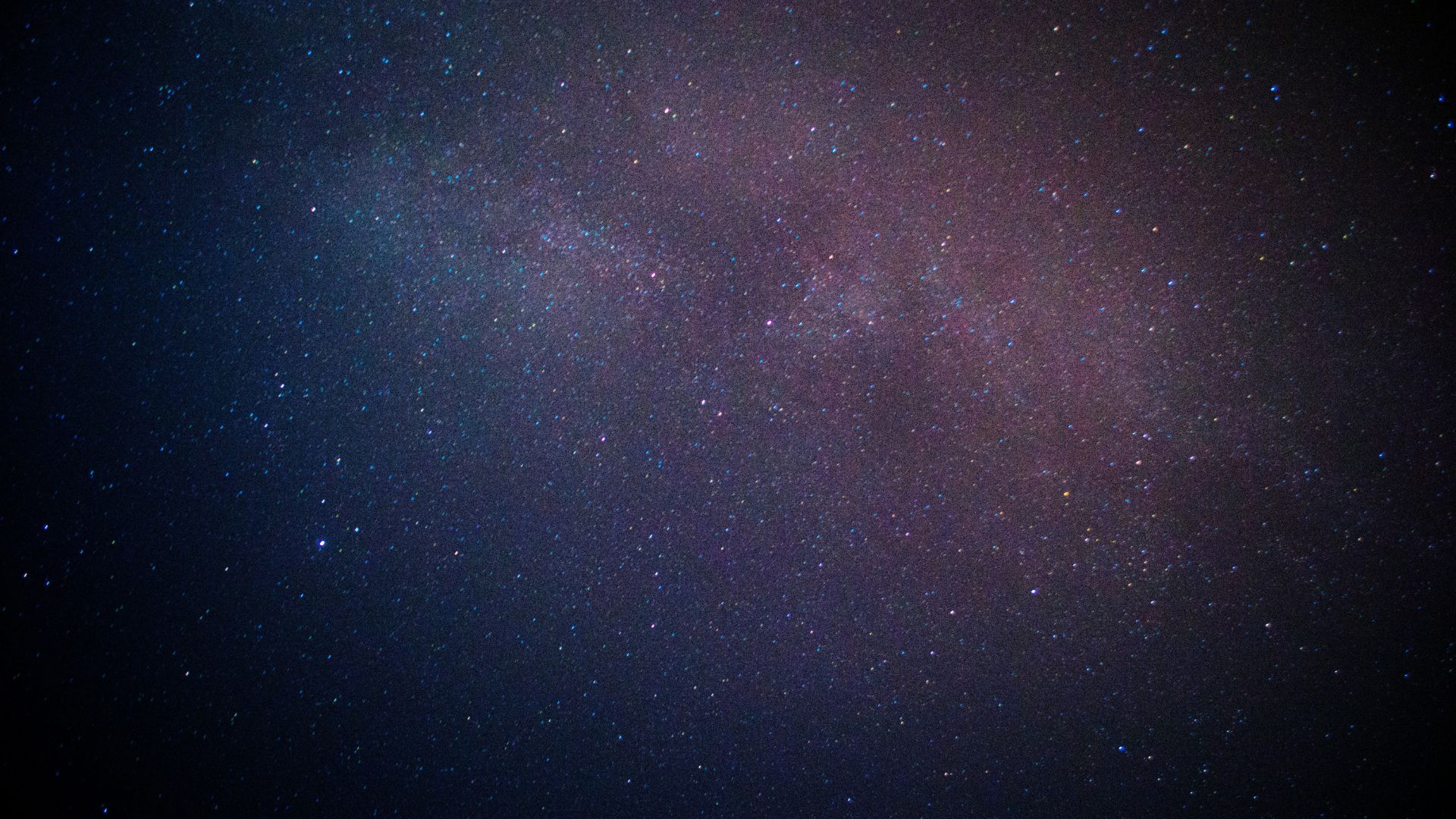
This find is stunning for a variety of reasons. Now, thanks to this detailed excavation, researchers can further understand how ancient Egyptians used their profound astronomical techniques so long ago.
These techniques likely helped the people of this time determine calendar dates, dates for religious rituals, as well as coronations of kings.
